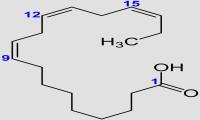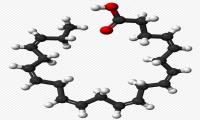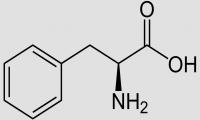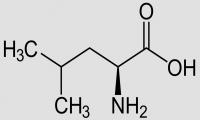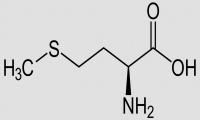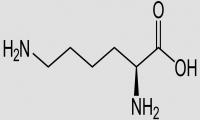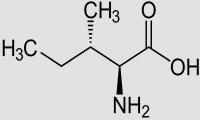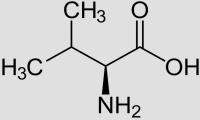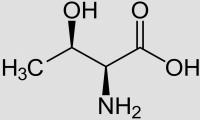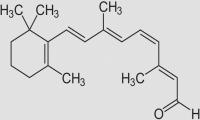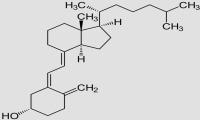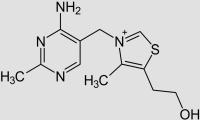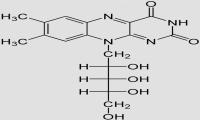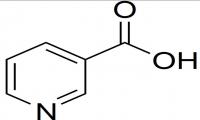The best perspective for your health
The best perspective for your health
The best perspective for your health
The best perspective for your health
Nutrients
Showing 1-20 of 38 items.
Alpha-Linolenic acid (ALA) is an essential omega-3 fatty acid that plays a critical role in inflammation processes. Flaxseed contains large amounts of ALA.
Linoleic acid (LA) is an essential omega-6 fatty acid that is a component of human skin and nerve cells and involved in inflammation processes.
Eicosapentaenoic acid, EPA, an omega-3 fatty acid, is the starting material for the formation of DHA etc. They are biosynthesized from α-linolenic acid (ALA).
Docosahexaenoic acid, DHA, is an omega-3 fatty acid that the body can synthesize from EPA. DHA is important, among other things, in inflammatory processes.
Phenylalanine is one of the eight essential amino acids that contribute to the synthesis of important endogenous substances.
Leucin gehört zu den acht essentiellen Aminosäuren und ist vor allem am Aufbau von Muskelmasse beteiligt. Viel Leucin enthalten z.B. Hülsenfrüchte und Nüsse.
Methionine is one of the eight essential amino acids and is the precursor of the sulfur-containing amino acid cysteine.
Lysine is an essential amino acid. Lysine is an important component of collagen and essential for the maintenance of muscle and connective tissue.
Isoleucine is one of the eight essential amino acids, belongs to the group of branched-chain amino acids and is important for building muscles.
Valine is one of the eight essential amino acids and is an important component and source of energy for the muscles.
Threonine is one of the eight essential amino acids, plays a role in the "growing" and in building and maintaining collagen and mucous membranes.
Tryptophan is one of the eight essential amino acids and plays an important role as a precursor for the messenger substance serotonin and the B vitamin niacin.
Vitamin A is a fat-soluble vitamin and includes several substances, such as retinol and beta-carotene. It plays an important role in the process of seeing.
Vitamin D, a fat-soluble vitamin, is largely produced by the body itself with the help of sunlight. It fulfills many tasks, including building bones.
Vitamin E is one of the fat-soluble vitamins. Its main function is to act as an antioxidant on the lipid layers of the body's cells.
Vitamin K, a fat-soluble vitamin, is found in green vegetables and lettuce, among other things. It plays an important role in blood clotting and bone metabolism
Vitamin C is a water-soluble vitamin and an important antioxidant. It is found in fruits and vegetables and carries out important functions in the body.
Thiamine, a water-soluble B vitamin, occurs mainly in the outer layer of grain. It fulfills many tasks in the energy metabolism and nervous system.
Riboflavin, a water-soluble B vitamin, is heat-resistant and sensitive to light. It is involved in important metabolic processes in many enzymes.
Niacin ist ein wasserlösliches Vitamin, das der Körper auch selbst aus der Aminosäure Tryptophan bilden kann. Es ist wichtig im Energiestoffwechsel.

